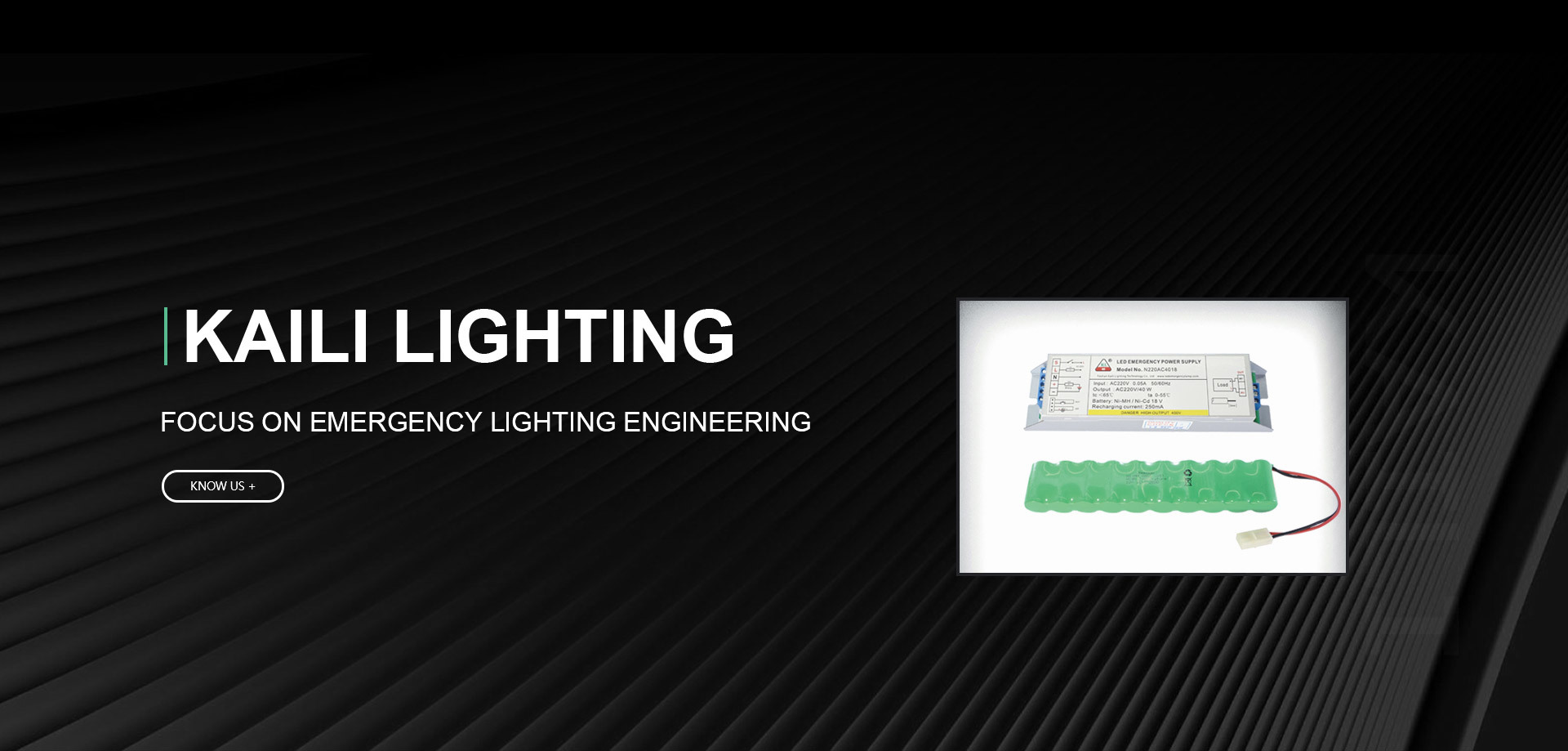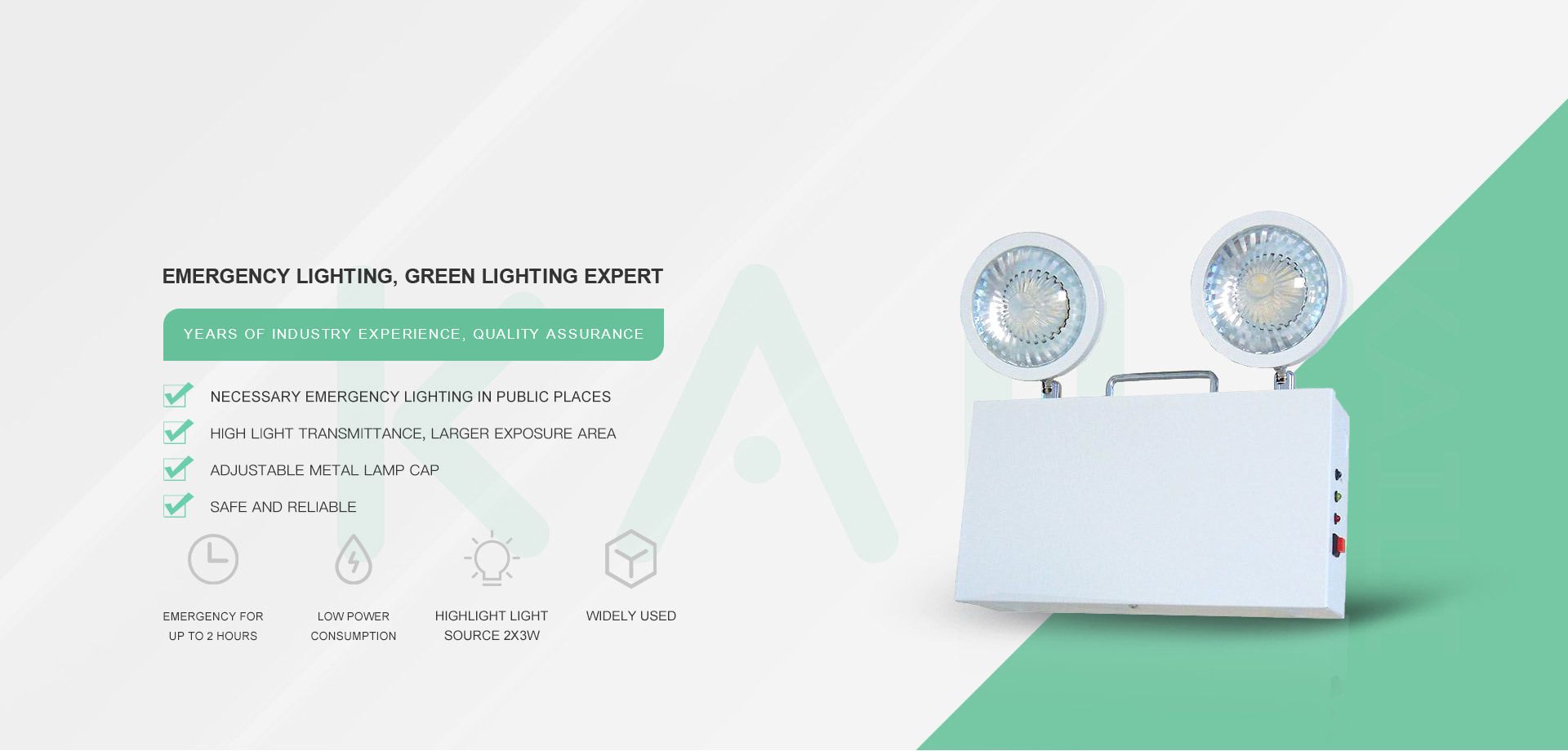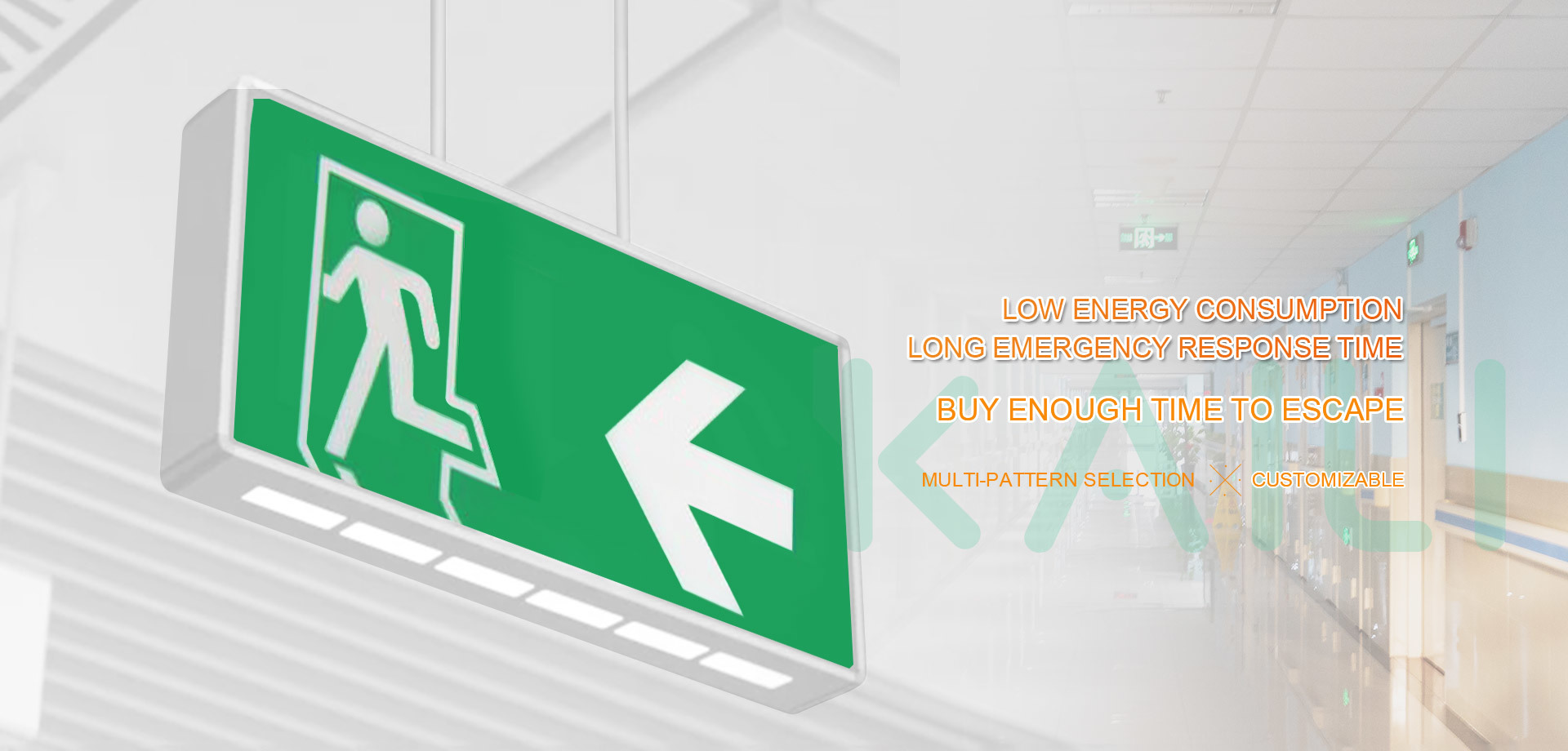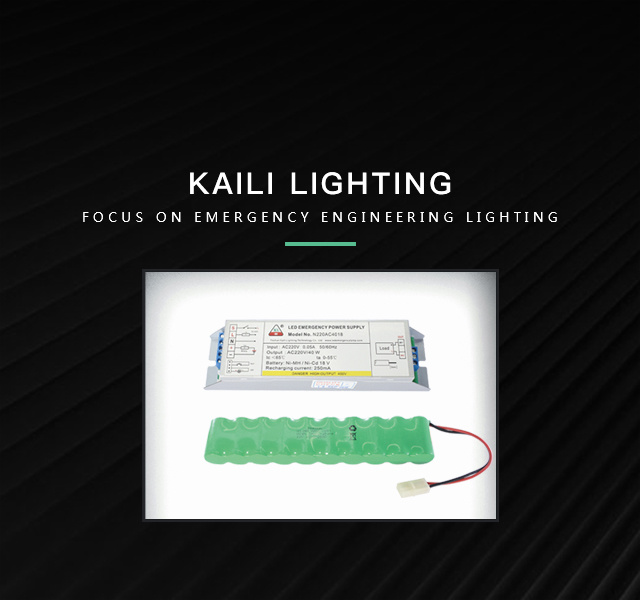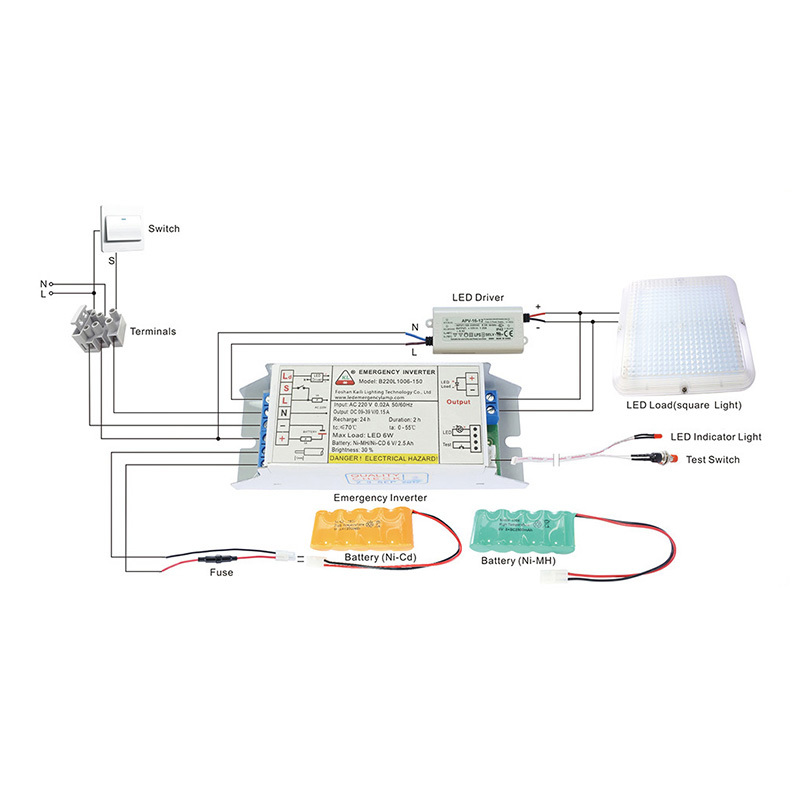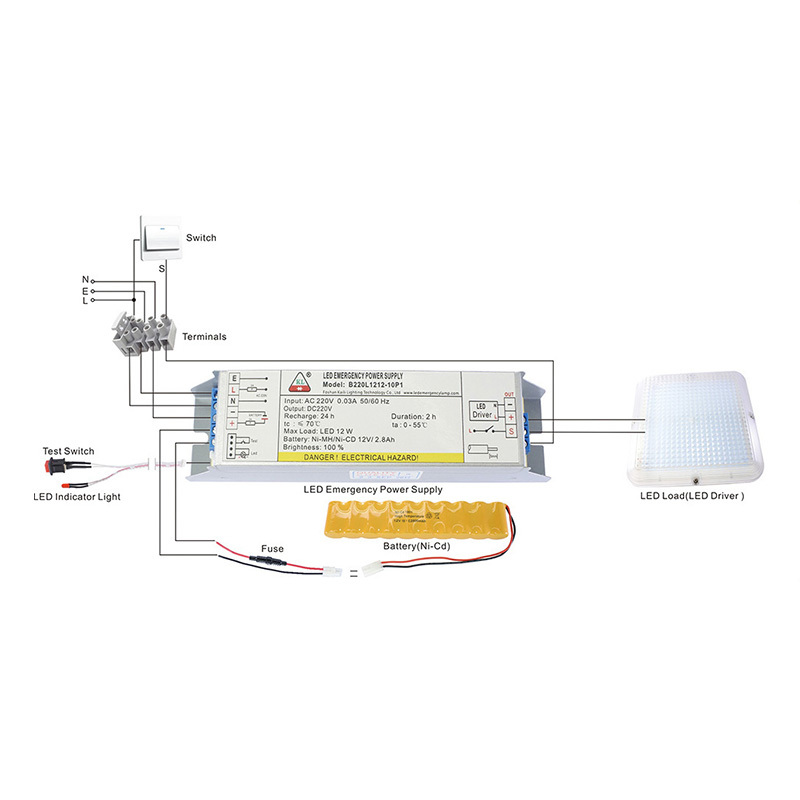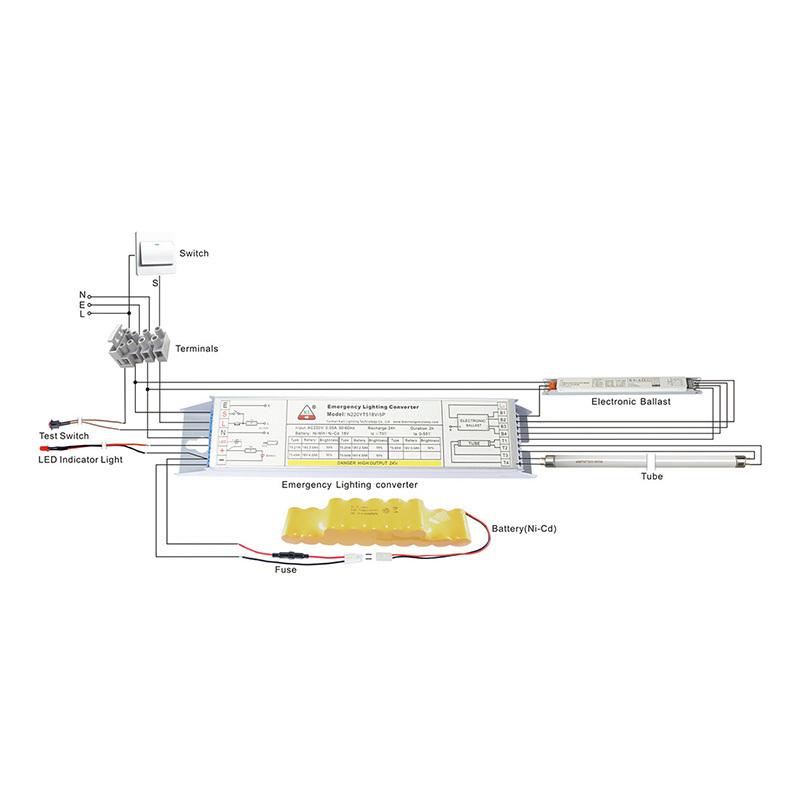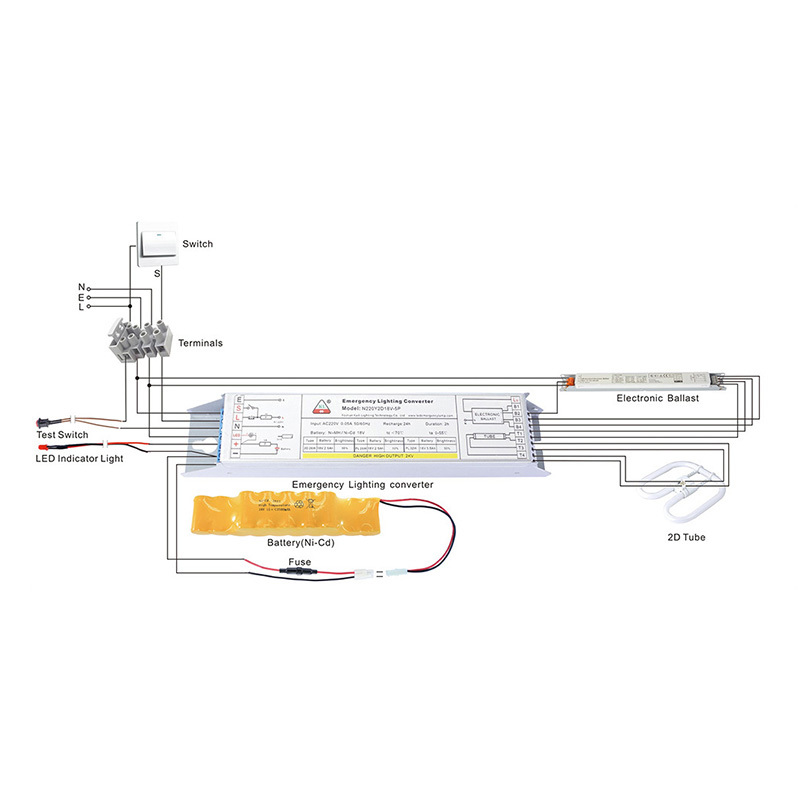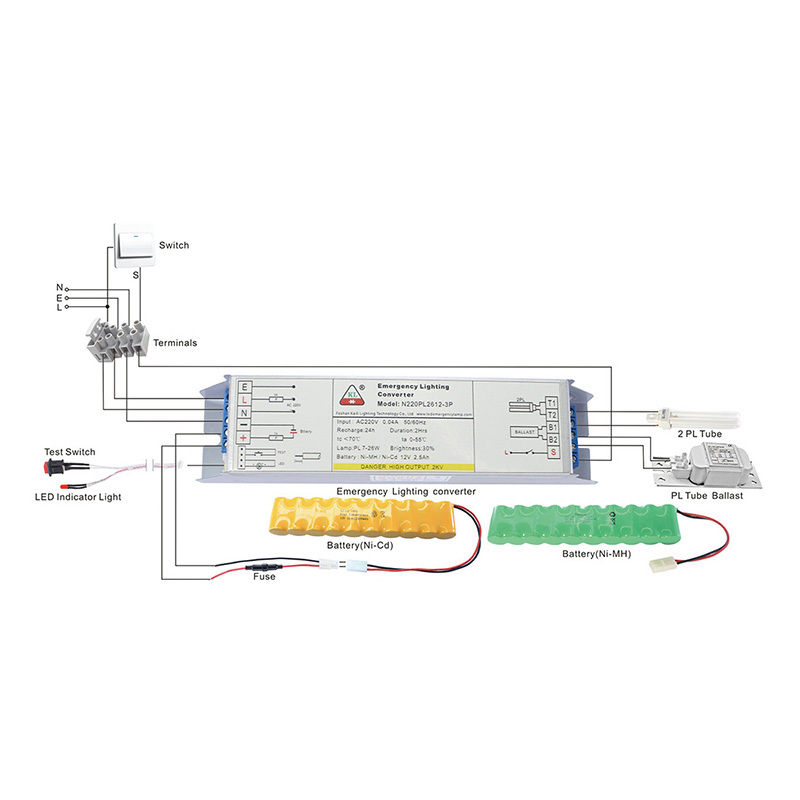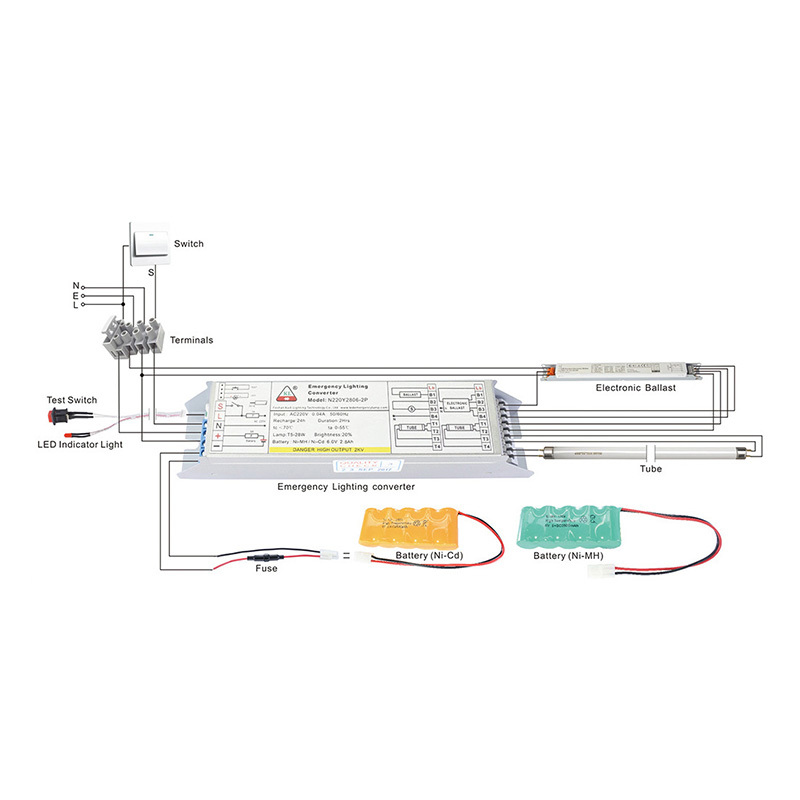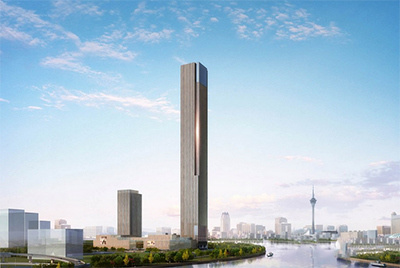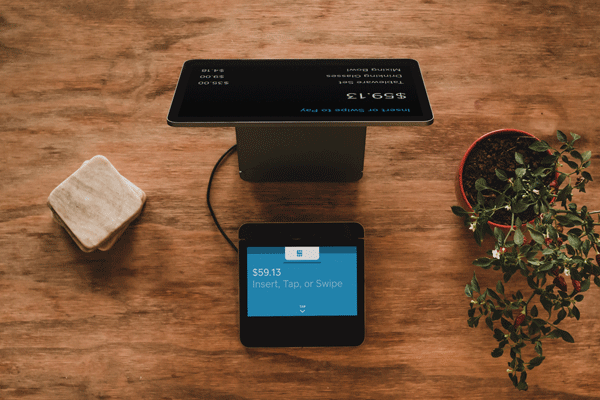WHY CHOOSE US?
For more than 10 years, we have been committed to the research and development and production of high-quality fire emergency lighting, emergency control power and green lighting energy-saving products. The products are mainly supplied to Hong Kong, Europe and America markets, and widely used in star hotels, high-end office buildings, convention and exhibition centers, sports venues, large shopping malls and subway and other places.

Sweet Aftermarket

Technical Team

Experienced

Quality Assurance
PRODUCT PROCESS
ABOUT US
Deep cultivation industry for 18 years
We are committed to the development and production of high-quality fire emergency lighting, emergency control power supply and green lighting energy-saving products
Foshan Kaili Lighting Technology Co. , Ltd. was founded in 2004, is the forefront of Foshan emergency and Green Lighting Enterprises. For more than 10 years, we have been committed to developing and producing high-quality fire emergency lighting lamps, emergency control power supply and green lighting energy-saving products. And widely used in star hotels, high-end office buildings, convention and Exhibition Center, sports venues, large shopping malls and subway and other places...
Founded in 2004
Fixed assets 2000
3,000 square meters
ENGINEERING CASE
NEWS AND INFORMATION

